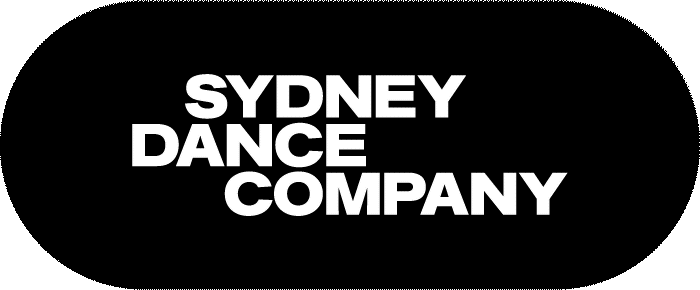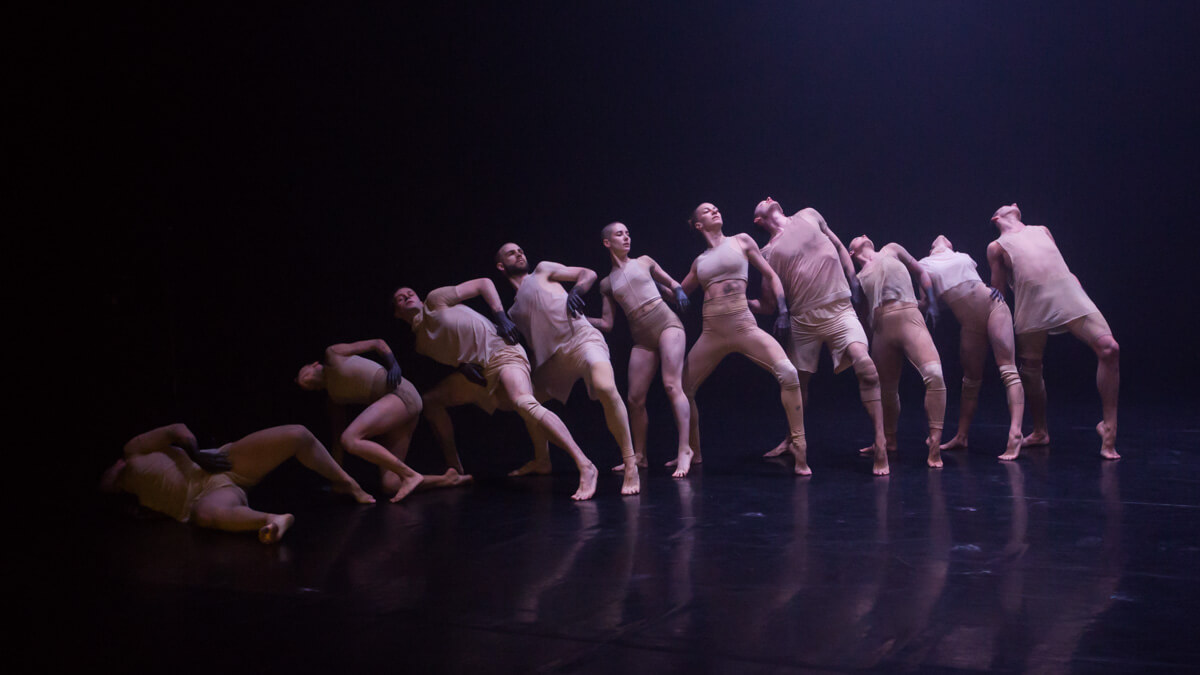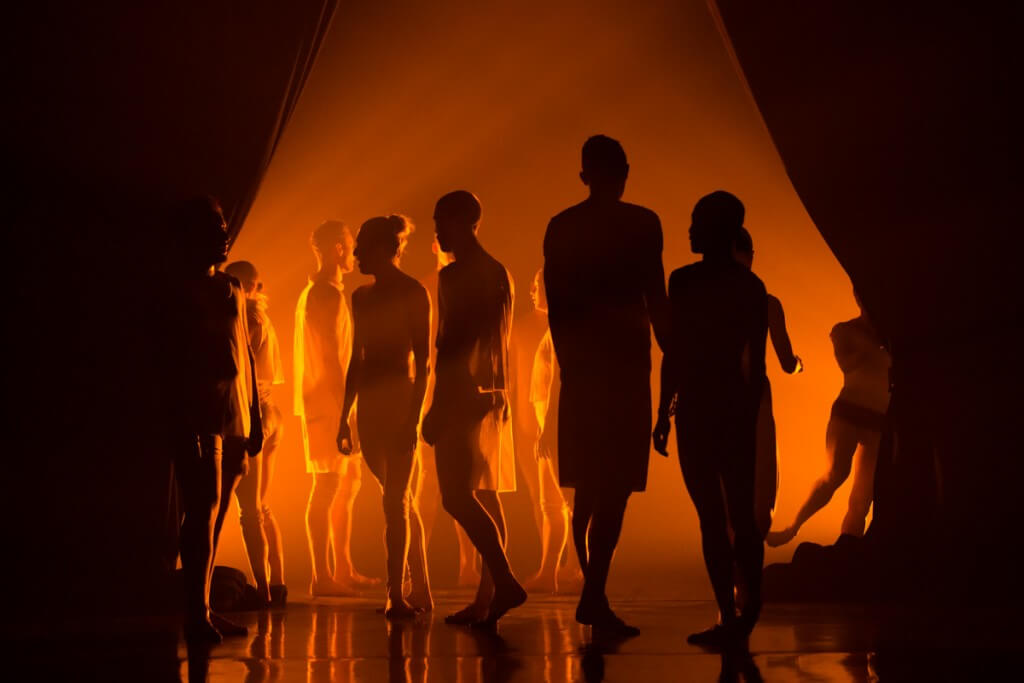School Holiday Workshops – Alec (aged 15) and his mum Leanne


published
British producer Clark (Warp Records) has been a vanguard figure in electronic music for nearly twenty years.
Less known is his work with contemporary dance and his creative partnership with choreographer Melanie Lane. His latest project with Melanie involves creating an original composition for WOOF.
We chatted to him about composing for dance, his creative relationship with Melanie and what he’s currently listening to.
Q. Tell me about your collaborative relationship with Melanie Lane. How did it begin? What is it like working with one another in a creative context?
It began in a club in Berlin – as cliche as that sounds it’s the truth!
Working with Melanie is always a blast. I get to try so many different things I wouldn’t normally explore in my solo work. The ground she lays for the music is a fertile, open field that sparks lots of unexpected ideas. We also get to skip all the polite etiquette you have to go through when working with new people, and just go straight to the heart of the problem. I mean ‘problem’ here in a positive way.
We consider the most minute details, and when you overcome them you’ve strengthened the foundation of the work. Everything you can possibly think of must be considered and then rejected. The final work is the one possible version that didn’t get rejected. Going through that sifting process is an essential friction. I like friction, it’s too easy to just take the path of least resistance.
Q. Can you share some of the inspirations behind your music for WOOF?
Having said not to ‘take the path of least resistance’, my path of least resistance for many years was ‘if in doubt, bang out a techno track.’ There is plenty of that in WOOF. But it’s consolidated with many other inspirations: Geoff Barrow’s slightly clunky but amazing drumming, the composer Witold Lutosławski for his ugly yet beautiful jagged harmonies and odd sense of manipulated symmetry, plus old Microstoria electronica records.
The list could go on and on but they are the three big influences on this work. I’ve only just really realised that. I’m never conscious of these things as I’m making it, but the musical DNA of their voices are in this somehow.
Q. Can you describe how the soundtrack you’ve created for WOOF will make audiences feel?
I can’t actually. That’s what’s exciting about making work. I think we live in quite a brutally precise, indifferent world of automation. More and more, we are led by this idea that you can assign a metric to absolutely everything, including people’s private subjective experience of reality, to be bought and sold.
Putting work out there is exciting precisely because I can’t predict the intricacies of how other people will experience it. It’s life affirming. There are many variables of ‘human’ and we don’t have to conquer them. Sometimes we can just be curious.

Q. How does creating music for dance differ to the music you produce typically for your albums?
Melanie got super picky about the brand of crackle and white noise I was using in the mid section. I went a bit AWOL at one point and starting going full noise-core. It got super busy and eventually that got chiselled down in quite a satisfying way. It’s actually one of my favourite sections now, and much more importantly, it serves the choreography on stage. Which is something very crucial to remember when making work with Melanie!
Q. Has thinking through ideas around choreography and dance performance changed the way you work with music?
Definitely. Just working out what people like to move to, and also how you can sustain material over a long period of time with the accompanying visual feast on stage.
I love the textures Melanie used in this work. It’s so primal and earthy, there are moments where it feels macabre and other moments where it’s joyous. It was a lot of fun to compose for. There is quite a range covered in the music but a coherent slab of sonic accompaniment is really what I was aiming for.
Q. What has been your career highlight so far?
I always feel like artists put a hex on their future work when they look back. I’m relentlessly unsatisfied with things I’ve made. When I look back I just hear things in old tracks I’ve written I would do differently now.
My career highlight is usually whatever I’m writing at 7am today that I’m trying to get a shape on.

Q. What are you currently listening to and which books are on your bedside table?
I just finished Bad Blood by John Carreyrou which was very good. Disturbing and hilarious and sad all in one.
Music wise I like Luke Temple’s singing a lot. Jóhann Jóhannsson’s The Miners’ Hymns is often on repeat. Early Tame Impala but mainly for the hilarious drums. Just brilliant. Blazing. They sound like they’re throwing flaming drum kits off ancient monuments in the desert. It made me want to go back to playing the drums, crushing them to oblivion like I did in Body Riddle and Iradelphic. Oh gosh there I am looking back. I’ve broken my own rule.
Another great but totally over looked band (a bit) similar to Tame Impala’s earlier music are a Swedish band called Dungen.
And Grouper and Sleaford Mods. They should collaborate.
Listen to Clark’s music favourites on Spotify.
Clark’s original composition appears in Melanie Lane’s WOOF as part of Sydney Dance Company’s 50th Anniversary triple bill, Bonachela / Nankivell / Lane from 26 March in Sydney, Canberra, Melbourne & on National Tour across Australia.